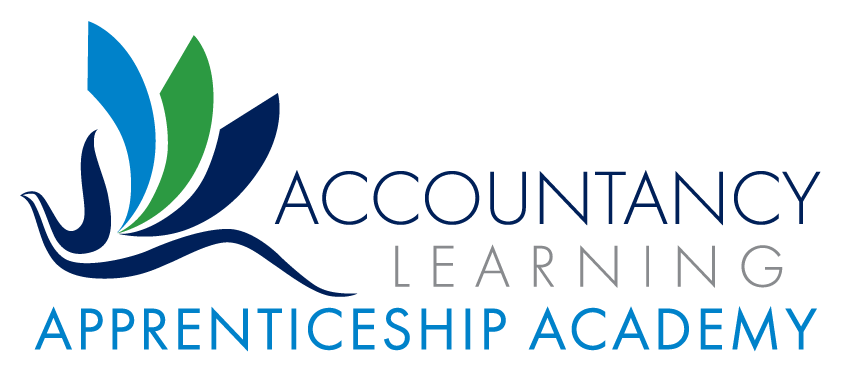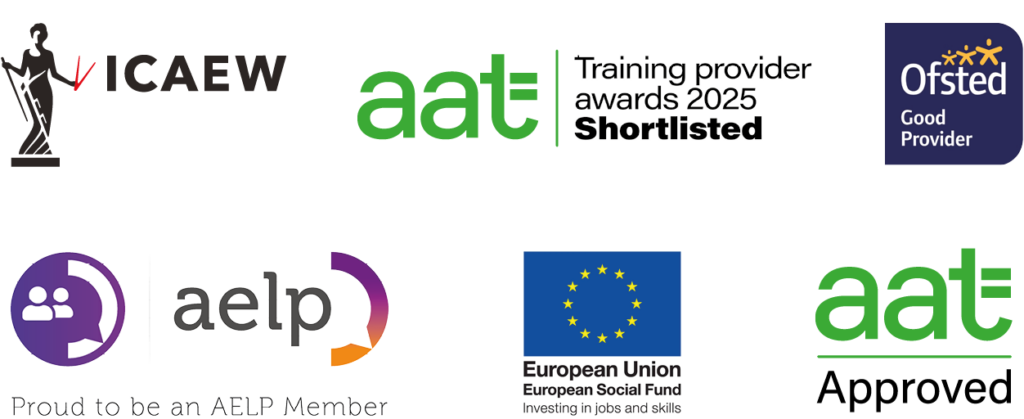Integrating AAT apprentices into your team can be a rewarding experience for both the apprentices and the organisation. Apprentices can bring fresh perspectives and an eagerness to learn to the business. They can also save senior managers time on daily tasks, enabling them to focus on more strategic or customer/client-based matters.
For businesses and accountancy practices, effectively integrating these apprentices into your team is crucial for maximising their potential and ensuring a seamless transition that benefits everyone involved. Here’s how you can smoothly incorporate AAT apprentices into your existing finance team whilst fostering a productive and supportive environment.
During the recruitment process
When advertising for an AAT apprentice, consider the culture of the business or accountancy practice. The ethos of your organisation, linked with the qualifications, soft skills, and personal traits of your AAT apprentice, is crucial. Time spent identifying how the apprentice candidate aligns with your organisation’s culture will help eliminate future issues if your apprentice is not the right match for your business.
Actionable tips:
- Communicate the type of organisation you are on your website and in the job adverts so candidates get a feel for the culture and the people you employ.
- Where appropriate, add relevant skills and experience requirements, which reflect your organisation’s culture, onto the person specification accompanying the job description and advert.
Setting clear expectations for integrating AAT apprentices
The first step towards successful integration is setting clear expectations. Apprentices should be made aware of their roles and responsibilities and how their work contributes to the broader goals of the department they are based in and the organisation as a whole. Clear communication regarding performance standards, work ethics, and company culture will help them align their efforts with the team’s objectives from day one.
Actionable tips:
- Develop an induction programme introducing apprentices to your company’s values, mission, and operational procedures.
- Assign clear and achievable goals for the initial months, providing a sense of direction and purpose.
- Begin their bookkeeping training immediately so they see firsthand what is expected of them. For those in accounting practice, we strongly recommend getting your newly recruited AAT apprentices to complete Accountancy Learning’s self-study bookkeeping course, The Balancing Act, (TBA), as part of their induction / initial training. By completing the course, you will identify if your new apprentice has the right attitude and aptitude for bookkeeping within as little as five days.
(As TBA goes all the way from recording daily transactions to drafting a simple P&L Account and Balance Sheet, it can be too much too soon for someone in a Level 2 accounting transactional role in a finance department.)
Fostering a culture of mentorship
Mentorship is a critical pillar in the development of apprentices. Pairing each apprentice with a mentor within the finance team not only aids their professional growth but also enhances their sense of belonging. Mentors can offer guidance, share experiences, and provide feedback, helping apprentices navigate their new roles and responsibilities.
Actionable tips:
- Select mentors based on expertise, interpersonal skills, and willingness to share knowledge.
- Encourage regular one-on-one meetings between mentors and apprentices to discuss progress, challenges, and goals.
Apprentices placed with Accountancy Learning for their apprenticeship training are allocated a personal tutor to provide one-to-one support for the duration of their apprenticeship and will normally support them from Level 2 to 3 to 4, providing continuity throughout.
Ensuring access to resources and support
For apprentices to thrive and contribute effectively, they need access to the right resources and support. This includes training materials, accounting software, and other tools necessary for their roles. Additionally, creating an environment where apprentices feel comfortable seeking help and asking questions is crucial for their learning and integration.
Actionable tips:
- Provide apprentices with comprehensive training on the tools and software they will use.
- Establish a support system where apprentices can quickly contact more experienced team members for assistance.
- When choosing a training provider, consider all the options available to you and the apprentice. Will you use a local provider or someone who can provide remote training and support? If choosing a local provider, consider if a term-based programme or a flexible, roll-on, roll-off approach is best.
Creating opportunities for learning and development
AAT apprentices are uniquely positioned to apply academic knowledge in a practical setting and are keen to learn. The purpose of the apprenticeship is not just to provide a professional qualification and letters after one’s name; it is about the development of the professional skills and behaviours that need to run alongside the technical accounting knowledge acquired – allowing that knowledge to be successfully applied in real life. Offering them opportunities to work on various tasks and projects enhances their learning experience and exposes them to different aspects of accounting and finance, making them well-rounded professionals.
Actionable tips:
- Rotate apprentices through different departments or areas within the finance team to broaden their experience.
- Encourage apprentices to take on new challenges and responsibilities as they become more competent.
- Read Accountancy Learning’s blog, Developing Rounded Accountants of the Future, for examples of achieving this in the workplace.
Promoting a collaborative team environment
Integrating apprentices into existing teams requires fostering a collaborative environment where everyone is encouraged to contribute ideas and feedback. Promoting teamwork and collaboration helps apprentices feel valued and part of the team, which is essential for their motivation and engagement.
Actionable tips:
- Organise team-building activities that include apprentices to strengthen team cohesion.
- Encourage open interaction and sharing of ideas and feedback among all team members.
Recognising and celebrating achievements
Acknowledging apprentices’ progress and achievements is essential for their confidence and continued motivation. Celebrating milestones, no matter how small reinforces their value to the team and encourages them to continue striving for excellence.
Actionable tips:
- Set up a recognition programme to celebrate the achievements of apprentices (and other employees).
- Provide constructive feedback regularly, highlighting both strengths and areas for improvement.
Conclusion
Integrating AAT apprentices into an existing finance team can significantly benefit your business. By setting clear expectations from the outset, fostering a culture of mentorship and ensuring access to necessary resources and support, organisations can create a nurturing environment that facilitates the successful integration of apprentices.
This enhances the apprentices’ learning experience and career development and contributes to the dynamic growth and success of the finance team and the organisation.
Helping you to recruit, train and develop your AAT apprentices
The team at Accountancy Learning have extensive experience in delivering AAT apprenticeships, both remotely across the whole of England and from our training venues in the South West. On top of that, we have developed a unique apprenticeship recruitment service called the Talent Programme, which helps to match the right candidates with the right employers.
To find out more, please contact us at 01392 244071 or email [email protected].






